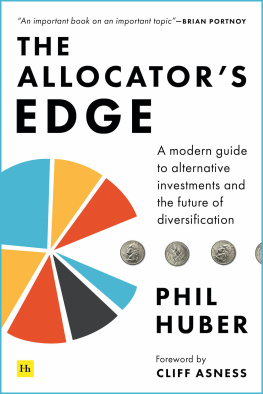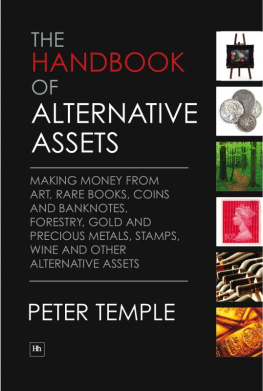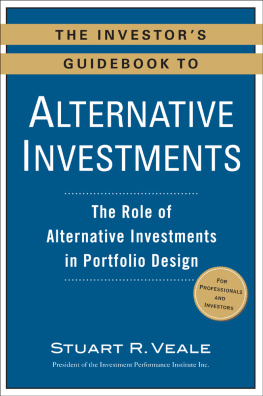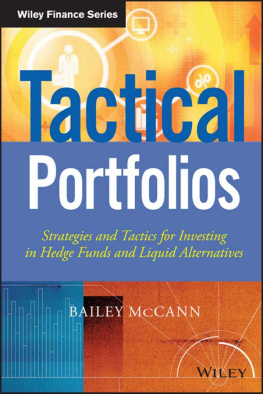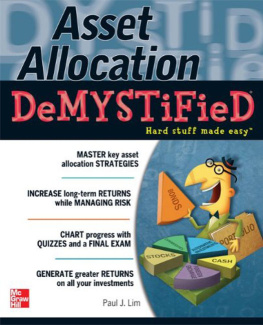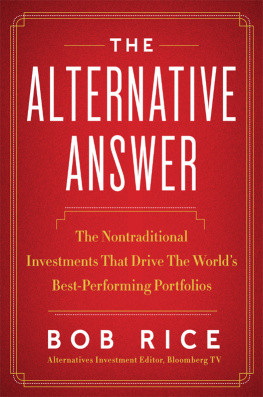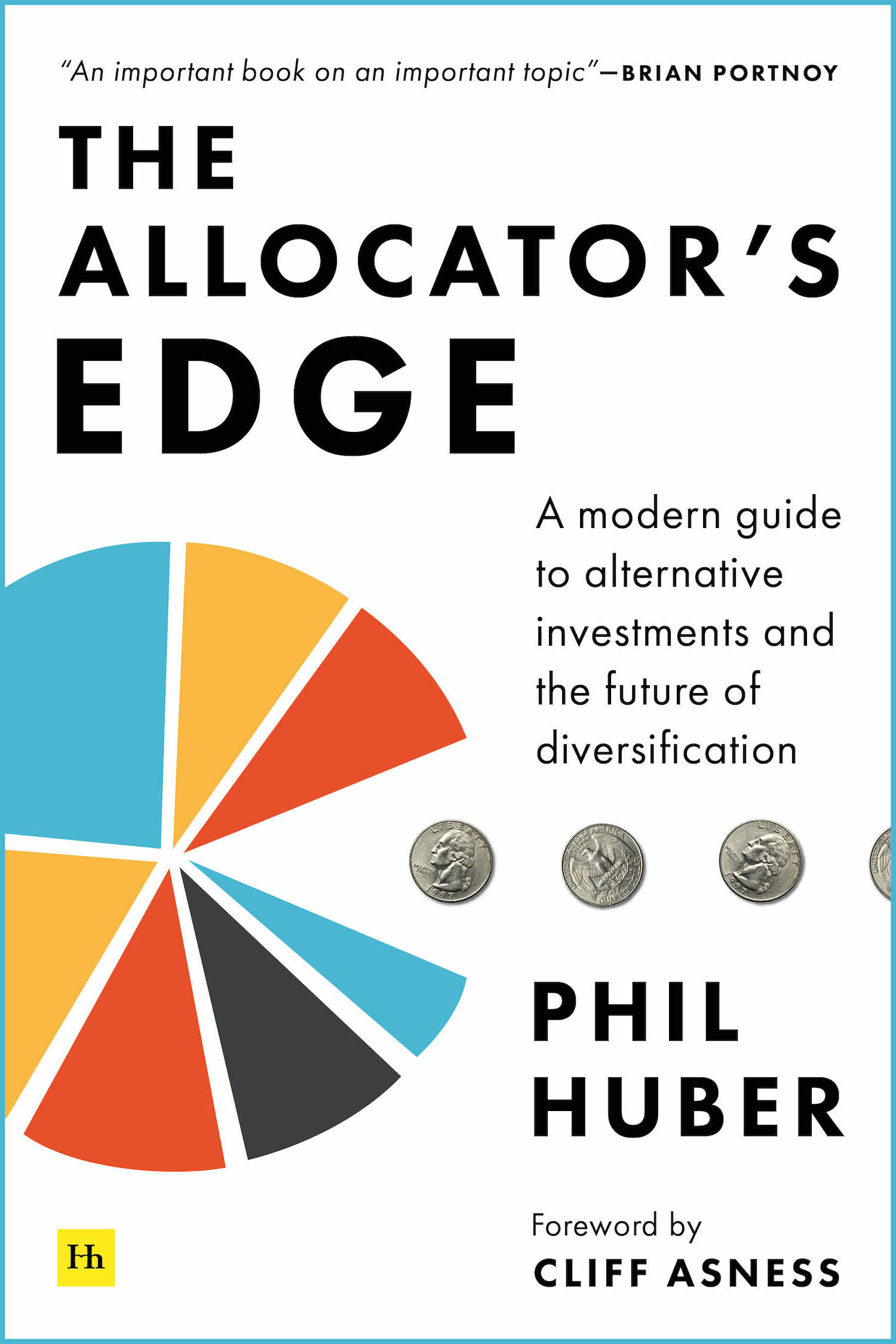The Allocators Edge
A modern guide to alternative investments and the future of diversification
Phil Huber, CFA, CFP
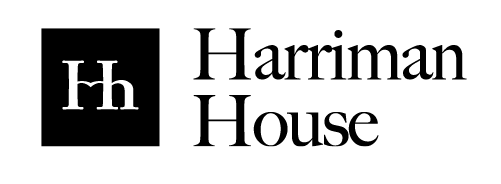
Contents
If everyone is thinking alike, then no one is thinking.
Benjamin Franklin
We cannot solve our problems with the same thinking we used when we created them.
Albert Einstein
For my wife, Christie, and our daughter, Hannah.
You are my world.
To that, there is no alternative.
About the Author
Phil Huber, CFA, CFP, as both a wealth management practitioner and an investment industry thought leader, is uniquely qualified in understanding the merits of alternative investments as well as the myriad challenges that accompany their use in the portfolios of wealthy individuals a nd families.
Phil is the Chief Investment Officer for Savant Wealth Management, where he helps oversee the firms investment and portfolio-management related functions. As co-chair of the firms Investment Committee, Phil leads the research efforts that he and his team perform on asset managers, investment strategies and portfolio construction techniques.
Phil has been featured in a number of notable media outlets, including The Wall Street Journal , The New York Times , InvestmentNews , CityWire RIA Magazine , and Bloomberg TV. In 2018, 2019, and 2020, he was named one of Investopedias Top Financial Advisors. He also produces his own investing blog, bps and pieces ( bpsand pieces.com ).
He has been involved in the financial services industry since 2007. Phil joined Savant as part of a merger with his prior firm, Huber Financial Advisors, where he worked for twelve years and last served as the firms Chief Investment Officer. Prior to his days at Huber Financial, Phil was employed at a global asset management company where he worked closely with financial advisors to develop investment strategies for the ir clients.
He holds a bachelors degree in finance from the Kelley School of Business at Indiana University and is a CERTIFIED FINANCIAL PLANNER professional. Phil also is a CFA charter holder and a member of the CFA society of Chicago.
Phil and his wife Christie live in the northwest suburbs of Chicago where they enjoy reading, yoga, and spending time with their daughter Hannah. He is also a lifelong, diehard professional wr estling fan.
Certified Financial Planner Board of Standards, Inc. (CFP Board) owns the CFP certification mark, the CERTIFIED FINANCIAL PLANNER certification mark, and the CFP certification mark (with plaque design) logo in the United States, which it authorizes use of by individuals who successfully complete CFP Boards initial and ongoing certification r equirements.
Foreword by Cliff Asness
It is hard to write an unbiased non-self-serving foreword to a book when a) you already think quite highly of the author, b) you think the author thinks quite highly of you, and c) the authors recommendations line up fairly well with your own (with an admitted nod to Upton Sinclair). Luckily for me unbiased is not a requirement for a foreword and I will thus make no attempt to temper my praise with manufactured critique added solely for credibility. Be forewarned.
My summary of Phils wonderful book can be broken into t hree parts.
- Whats the situation?
- What do you do?
- Why is doing it hard and how might we make it less hard?
So, whats the situation? Well, I wont rehash all the evidence Phil presents (or people like me have been screaming about for a while!) but valuations on both stocks and bonds are very expensive today. That means (almost but not quite by definition But, the point estimates (i.e., if you had to make one guess from the data) go the way intuition would suggest. That is, more expensive starting valuations lead to lower expectations of future return and vice versa. Again, its difficult to prove that beyond a reasonable statistical doubt, but it has been historically true and fits our economic intuition (at least mine)two things that are enough for me to give it serious co nsideration.
Whats more, one thing that makes today fairly unique is both stock and bond markets are very expensive versus history at the same time. That means that portfolios (e.g., like the classic 60/40 stock/bond portfolio) of U.S. or global stocks and bonds taken together are actually more expensive than their component parts. In the past when one of these was quite expensive (e.g., stocks in the 19992000 technology bubble) the other (e.g., bonds in the 19992000 technology bubble) was often cheap, and thus the portfolio, even without any tilts or timing towards the cheaper one, was not as extreme as today. Today, both major asset classes have done very well versus history for quite a long time, leaving both of them quite expensive, and thus the portfolio of stocks and bonds even more expensive vs. history. As a result, at least in Phils and my opinion, the expected going forward return on this diversified portfolio of stocks and bonds is extremely low ver sus history.
Phil then shows that it doesnt seem that most real-world investors actually believe this! Rather, their estimates for the future currently seem higher than historical experience. To those seduced by Phils (and my) reasoning, that may appear backwards (and we think it is!). However, for many, having experienced at least a decade of superb returns on both stocks and bonds (with some big bumps along the way of course) the intuition runs the exact opposite way. They expect the good times to continue to rol l on and on.
So, what do you do? Well, I really should say what do you do if you believe Phil and Cliff? but lets consider that implied from now on. Well, youre faced with substantially lower expected return on traditional assets today vs. history. Many organizations and individuals have return goals, and financial obligations, that makes this a real problem looking ahead. One thing you could do is just accept it. Stay the course, realize youll likely make less than-hoped-for for a while, perhaps quite a long while (the alternative is making a ton less for a little while but thats kind of scary), but not make any big errors. Not a crazy plan but Phil (and I) are interested in how we can perhap s do better.
One option is to stay with traditional stocks and bonds but add a ton more alpha than you used to assume you could, either through security selection or market timing. Nice work if you can get it! This isnt a screed about perfect efficient markets and the impossibility of either of these attempts. That would be pretty hypocritic of me. But it is a warning that both of these are a zero-sum game that you were, I assume, already engaged in if you believe in it. Why anyone can suddenly get much better at this now that traditional assets are offering less is anyones guess but it doesnt seem like the best plan to us.
So, Phil lands on the recommendation to diversify away from traditional stocks and bonds. OK, that sounds great. But into what? Phil goes through multiple options that all can fall under the rubric of alternative. Some have done even better than traditional markets (e.g., crypto), some have kept up, but many (e.g., liquid alts that put significant weight on the value factorsomething I know a bit about) have lagged what seems like an ever upwards, ever anti-cheap assets stock and bond market. Phil is non-partisan across these. If they pass a basic reasonableness test, including that they are getting more investable for more people all the time, he likes them, at least for a small part of the whole. He advocates a broad portfolio of many different types of alternatives, and taking a slice of whats normally allocated to traditional stocks and bonds and allocating it to that alternative portfolio. We all might do it slightly differently. I for one am more cynical than Phil about privates (e.g., the dampened reported volatility might make them look better than the really are), more clueless about crypto (Im kind of cynical, but not in a knowledgeable way, more in an old-man harrumphing kind of way), even more clueless about farmland (like House Greyjoy my family sigil might be we dont sow), and even more bullish than he on liquid alts which have taken a pounding for a while leaving many of them the rare things that look cheap not expensive today versus their history (massive Upton Sinclair alert). No matter. As a whole, its hard to argue with Phils non-denominational diversified portfolio of diversifiers. Ill leave the details to Phil (you do have to read the book!) but he shows that such a portfolio of diversifiers has great potential to help the situation that investors in a more traditional portfolio find th emselves in.

